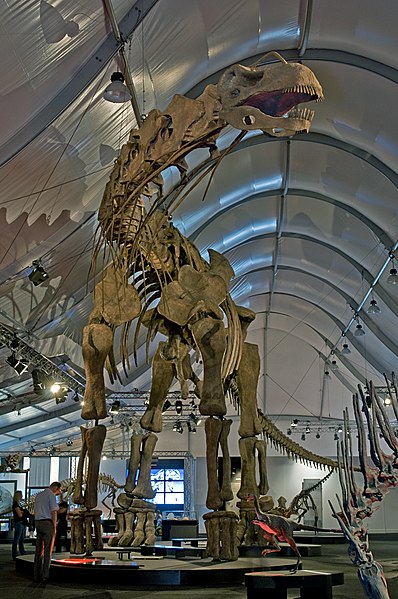Did humans evolve to “outrun the fastest animals on earth”?

At Outside Online (“Fair Chase,”May 2011), Charles Bethea tells us
On the plains of New Mexico, a band of elite marathoners tests a controversial theory of evolution: that humans can outrun the fastest animals on earth.
Controversial? Yes, apparently:
As ridiculous as this spectacle might appear, the men are testing a much-debated scientific notion about when and how humans became hunters. Between two and three million years ago, when our australopithecine ancestors ventured out of the forests and onto the protein-rich African savanna, they were prey more often than hunter. They gathered plant-based foods, just as their primate brethren did. Then something changed. They began running after game with long, steady strides. Evolutionary biologists like Harvard’s Dan Lieberman think the uniquely human capacity for endurance running is a distant remnant of prehistoric persistence hunting.
You’ll have to read the article to see if the runners succeeded and whether they think they proved something (another story). Read More ›



